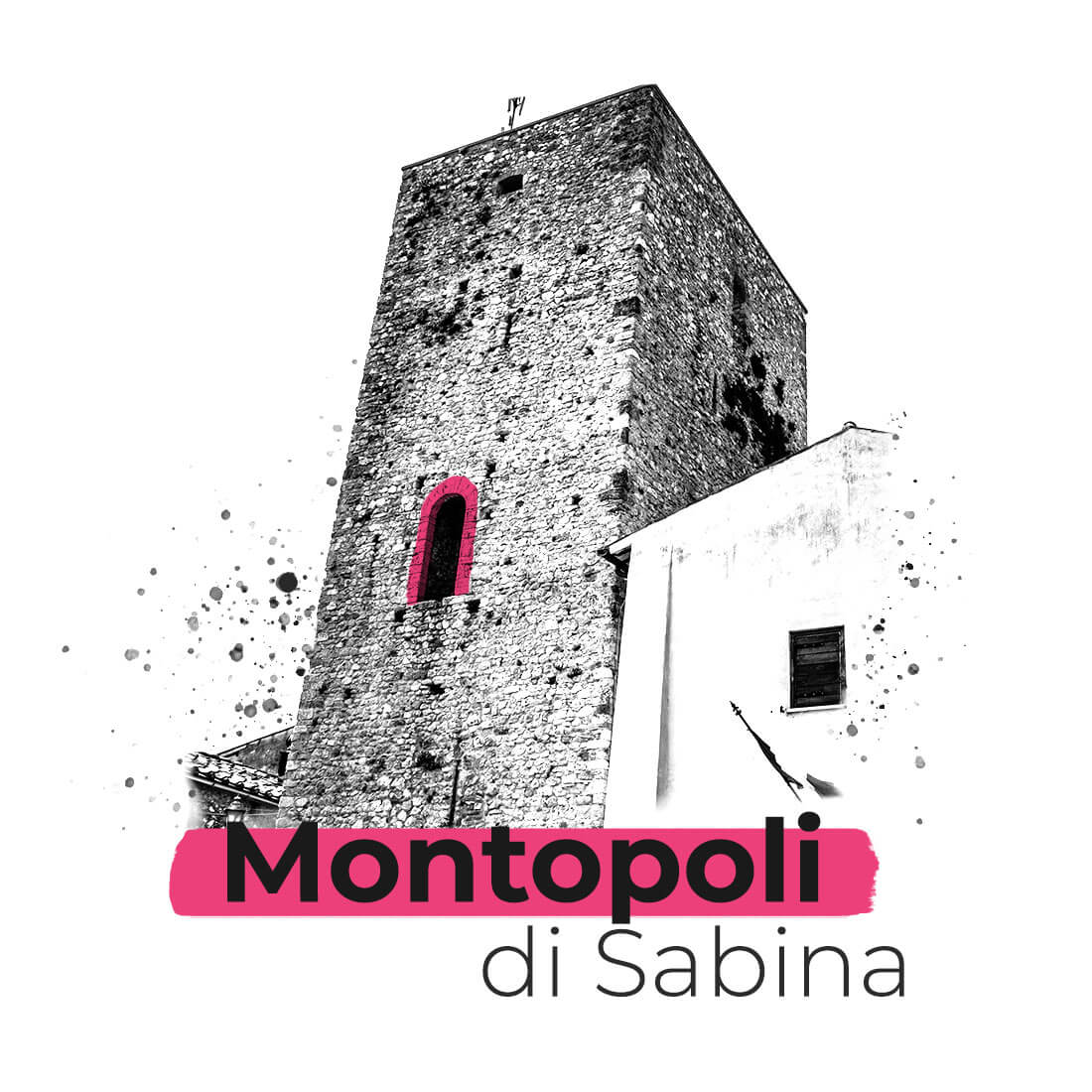During the Period of the Lordships, also in Montopoli di Sabina a village rose- the today’s Via Pietro Oddi – behind the town.
The villages spreading at the foot of the castles was necessary both to accommodate the people accompanying the country Lords who moved under the protection of the walls and in defense of the Castle lordship, as it was first necessary to conquer the village and then castle, fortified (the original meaning of the name, of Saxon origin, is precisely fortified place).
The Montopoli’s Village

Position
Via Pietro Oddi
02034 Montopoli di Sabina (RI)

Opening hours
Always open

Contacts
Tel.
Mail:
During the Period of the Lordships, also in Montopoli di Sabina a village rose- the today’s Via Pietro Oddi – behind the town.
The villages spreading at the foot of the castles was necessary both to accommodate the people accompanying the country Lords who moved under the protection of the walls and in defense of the Castle lordship, as it was first necessary to conquer the village and then castle, fortified (the original meaning of the name, of Saxon origin, is precisely fortified place).
The Village of Montopoli was predominantly inhabited by serfs, who were living in low houses with gabled roof located on the left side, while on the right – in the caves under the castle (some of them very deep) – there were artesan workshops.
From the village, a strategic private ladder leads to Palazzo della Signoria from the village that appears in all its majesty, through a small door called Porta Spinella.
CURIOSITA'
Walking through the historic center!
The historic center of Montopoli di Sabina offers a charming itinerary that starts from the 16th-century Porta Maggiore, the main entrance to the town. Continuing to the right, one arrives at the Piazza Comunale, which houses the Town Hall and an ancient fountain dating from 1875, built with funds obtained from property confiscated from the Church. This fountain, built to beautify the square, was originally fed by water from the springs of Mount Tancia.
Along the way, going up the streets of the center, there are murals dedicated to peace andolive growing, celebrating the town’s main agricultural activity. You then reach the 15th-century Palazzo del Capitano del Popolo, now home to the secondary school.
Continuing on, you arrive at the belvedere, a terrace that affords a splendid view of the surrounding mountains and neighboring towns. Next to it are buildings of military use, such as the Captain’s Command House and the Casermette for the militia, guarded by the Torre Ugonesca, an ancient control and defense structure.
Heading left through a narrow and picturesque alley, one reaches Campo di Fiori, once uncultivated land within the castle and the site of the court of theAbbot of Farfa, where trials were held. Here stands a small house that served as a depository of legal documents, next to the house of the poet Pietro Oddi, remembered with a marble plaque.
Leaving Campo di Fiori, there is the Church of San Michele Arcangelo, whose 14th-century bell tower is decorated with Gothic mullioned windows with two lights and houses the historic bells Marta and Maria. Returning toward Porta Maggiore, it is possible to access the ancient borgo, where serfs once lived in simple cottages, while under the castle were artisan workshops, carved out of caves.











